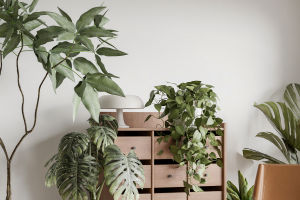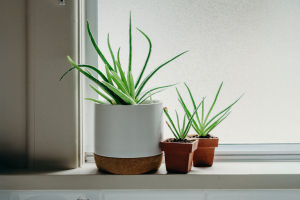Lykkers, imagine walking into a room full of green treasures, where every table has a different plant waiting for a new home. A plant swap is not just about taking something pretty back—it’s about connecting with people who share the same passion for growing and caring.
In today’s fast-paced world, these gatherings remind us that slowing down, talking about plants, and exchanging cuttings can be the start of meaningful friendships. We don’t just leave with greenery—we leave with stories, tips, and a sense of belonging.
The Heart of a Plant Swap
At its core, a plant swap is simple: we bring a plant, seed, or cutting and exchange it for another. But the deeper beauty lies in how it transforms strangers into neighbors and hobbyists into a community.
Every plant carries a history—maybe it grew from a grandparent’s garden, maybe it survived a tough winter, maybe it just multiplied too much in someone’s home. When we trade them, we’re not just passing on plants but sharing little parts of our lives.
Choosing Plants to Share
When preparing for a swap, the key is to choose plants that others can easily enjoy. Popular picks include succulents, herbs, leafy greens, or starter cuttings. These are hardy, forgiving, and great for beginners.
We should also think about labeling them with names and care instructions. This simple act shows thoughtfulness and ensures our plants have the best chance to thrive in their new home. It’s a small gesture that makes the experience smoother for everyone.
Community Spirit at the Event
One of the most rewarding parts of a plant swap is the community spirit that fills the room. We gather, talk about plant care, share our small wins, and sometimes laugh at our failures.
Some swaps even include mini-workshops—like how to make a terrarium, how to propagate vines, or how to grow herbs indoors. These little learning moments make the event feel richer and bring us closer as a group. It’s not just about trading plants—it’s about learning and growing together.
Rules That Keep Things Fair
To make sure everyone has a good time, swaps often have a few simple rules. We might be asked to bring a set number of plants, wait for a turn to choose, or agree on fair trades for rarer species.
Some events also create a “free table” where anyone can drop off extra plants for others to take. This creates a friendly, generous atmosphere, where sharing feels more important than keeping score.
Why Communities Benefit
Plant swaps strengthen communities in surprising ways. They encourage us to meet neighbors we might not have spoken to before. They also create local support networks—when our plant gets sick, we know who to ask for advice.
Beyond gardening, these events make neighborhoods more vibrant. A community where people exchange and share tends to feel warmer, safer, and more connected. Plants are just the beginning—the real growth happens in our relationships.
After the Swap: Staying Connected
The beauty of plant swaps is that they don’t end with the event. Many groups continue their conversations online, through community forums or chat groups. We keep sharing pictures, asking questions, and even planning the next swap.
This ongoing connection means we’re never really gardening alone. Whether it’s a tip on watering schedules or excitement over a first bloom, someone in the community is always ready to celebrate or help.
Growing Together
Lykkers, plant swaps are more than an exchange of greenery—they’re exchanges of kindness, knowledge, and friendship. We come for the plants but stay for the people.
So, let’s prepare our plants, join the next swap, and discover how much joy community sharing can bring. Together, we can build greener homes and stronger bonds, one plant at a time.


